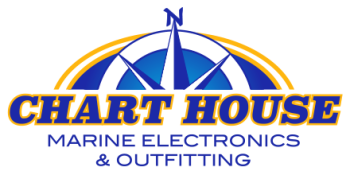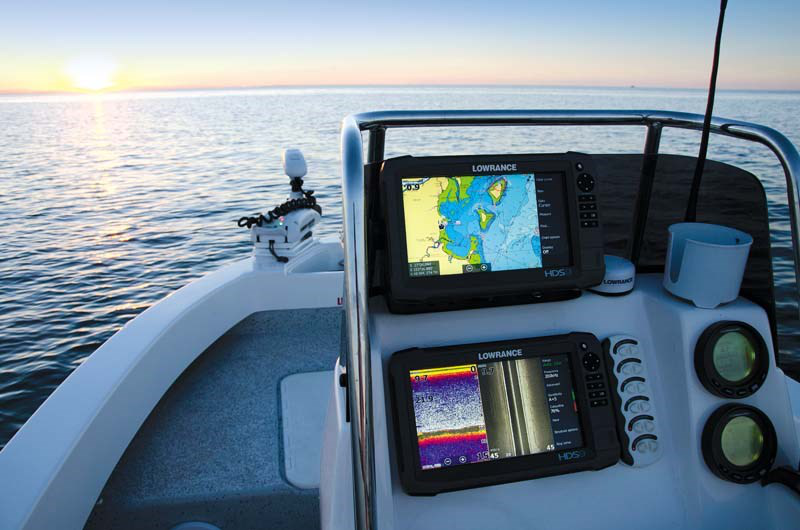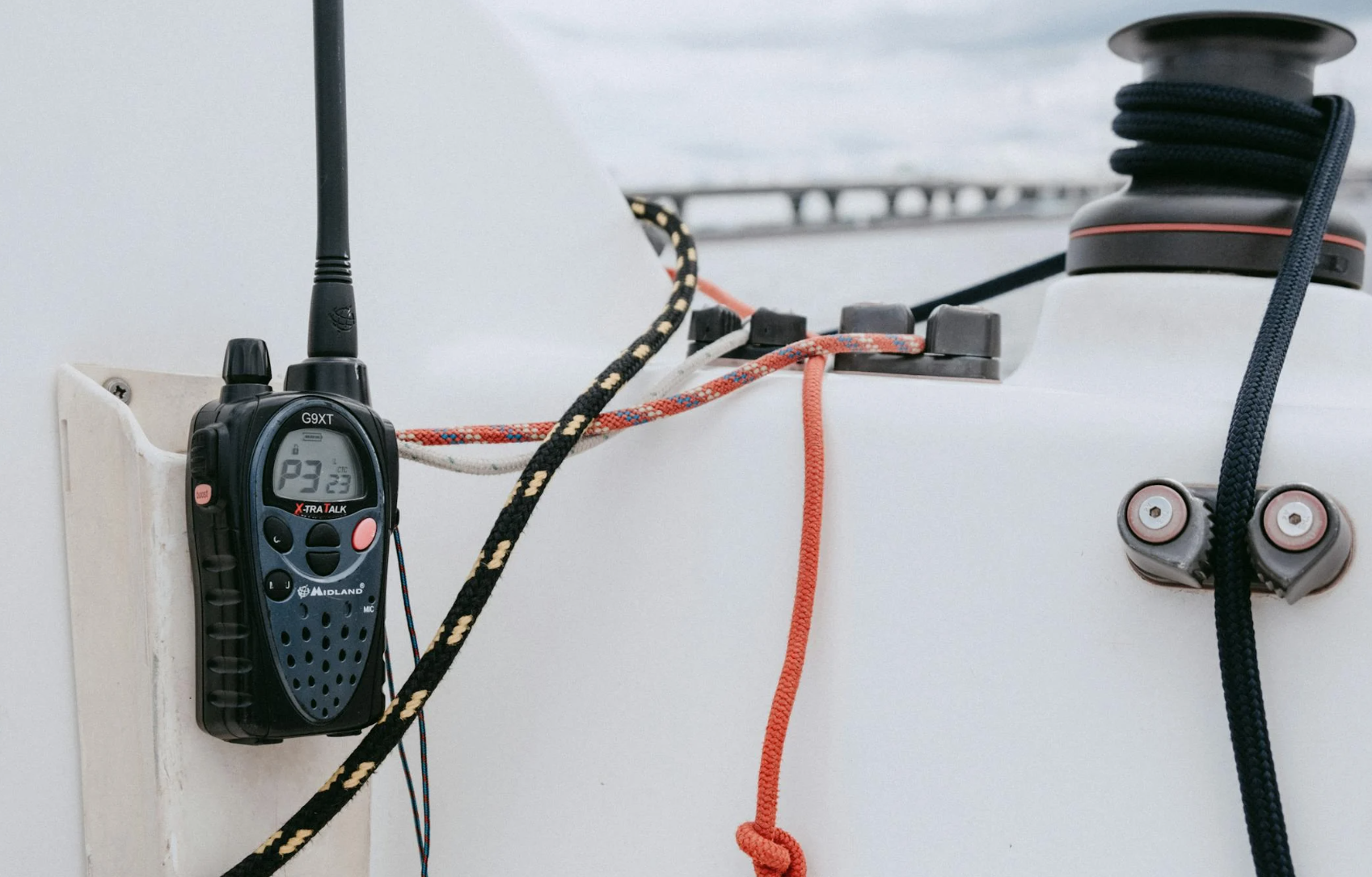Mother nature can be unpredictable, and there’s nothing more critical for a sailor than staying informed about weather conditions and being prepared for every situation while on the water. Whether you are an experienced sailor navigating the open ocean or a weekend cruiser enjoying time on the lake, being equipped with accurate and up-to-date marine weather instruments is essential to both your safety and your enjoyment at sea. It’s crucial that you familiarize yourself with the various types of instruments available and understand how they can profoundly impact your decision-making and overall sailing experience.
In this extensive guide, we will explore essential marine weather instruments and their importance for every boater, regardless of skill level or vessel type. From wind speed and direction indicators to modern electronic solutions, we’ll discuss how these tools can dramatically enhance your safety, navigation, and preparedness at sea. We will also delve into how integrating these instruments with other onboard electronics systems can provide you with unparalleled situational awareness and boost your confidence, as well as your abilities as a sailor.
As you journey through this guide, you will be better equipped to make informed decisions about the marine weather instruments that are most suitable for your particular vessel and sailing needs. As always, when in doubt or with needs for guidance, rest assured that Charthouse Marine Electronics and Outfitters is here to help boaters make informed decisions to ensure the utmost safety and enjoyment on the water.
Wind Speed and Direction Indicators: Navigating with Precision
Accurate wind speed and direction data play a significant role in effective sailing and navigation. The ability to harness the wind for propulsion and maneuvering requires a keen understanding of these factors. Several marine weather instruments provide essential wind information:
- Anemometers: Mounted at the top of your vessel’s mast, anemometers measure wind speed and provide real-time data critical to the optimal setting of sails.
- Wind Vanes: These instruments effectively measure wind direction and help you accurately interpret this information to make informed sailing decisions.
- Electronic Wind Instruments: Modern systems combine anemometer and wind vane functionality with digital displays, providing both wind speed and direction information in an easy-to-understand format.
Barometers: Predicting Weather Changes Onboard
Monitoring changes in atmospheric pressure is key to predicting weather patterns while navigating the open waters. A barometer is an essential marine weather instrument that tracks these pressure fluctuations. By observing these changes, sailors can anticipate weather shifts and make appropriate decisions on adjusting course or seeking shelter. When selecting a barometer, consider:
- Digital vs. Analog: Both options have their merits, with digital variants offering numerical displays and alarms for sudden pressure changes, while analog models remain reliable even without power.
- Accuracy and Calibration: It’s vital to choose a barometer that provides precise readings and allows for easy calibration.
- Additional Features: Some modern barometers come with built-in clocks, hygrometers, and thermometers, offering an all-in-one weather monitoring solution.
Weather Radar: Advanced Insights into Precipitation and Visibility
Weather radar is an advanced marine weather instrument that detects precipitation and displays its location, intensity, and motion. A well-equipped onboard weather radar system can provide you with invaluable insights into approaching storm systems and help you make informed decisions about your sailing plans. When selecting a weather radar system, consider the following:
- Pulse Compression Technology: Look for radar systems that utilize pulse compression, which ensures accurate target resolution and enhances overall performance.
- Radar Overlay on Chartplotter: Choose a system that offers radar overlay capabilities, enabling you to visualize radar data directly onto your chartplotter for enhanced situational awareness.
- Customization and Ease of Use: Opt for a radar system that allows for easy customization and integrates seamlessly with your existing navigation and communication equipment.
Satellite Weather Services: Comprehensive Coverage at Sea
The introduction of satellite-based weather services has enabled boaters to access detailed and accurate weather information even in the most remote locations. Through these services, sailors can receive data on wind speed, wave heights, storm systems, and more. When evaluating different satellite weather services, weigh these considerations:
- Subscription Plans: Assess the various subscription plans and choose the one most suitable for your sailing requirements and budget.
- Compatibility: Ensure your onboard devices are compatible with the chosen satellite weather service provider, enabling integration and smooth data transmission.
- Geographic Coverage: Opt for a service that covers your frequented sailing regions, ensuring relevant and accurate weather information.
Conclusion
Staying informed and well-prepared for any weather situation is essential for a safe and enjoyable sailing experience. With an array of marine weather instruments at your disposal, the power to make informed decisions on the water has never been more achievable. It’s crucial to assess your sailing needs and integrate these instruments with your existing onboard systems to maximize your situational awareness and harness the elements in your favor.
To make the best choices in marine weather instruments for your vessel and enhance your overall sailing experience, Charthouse Marine Electronics and Outfitters is here with expert advice and the latest, cutting-edge equipment. Contact us today to set sail with confidence and take control of the weather in your wake.






